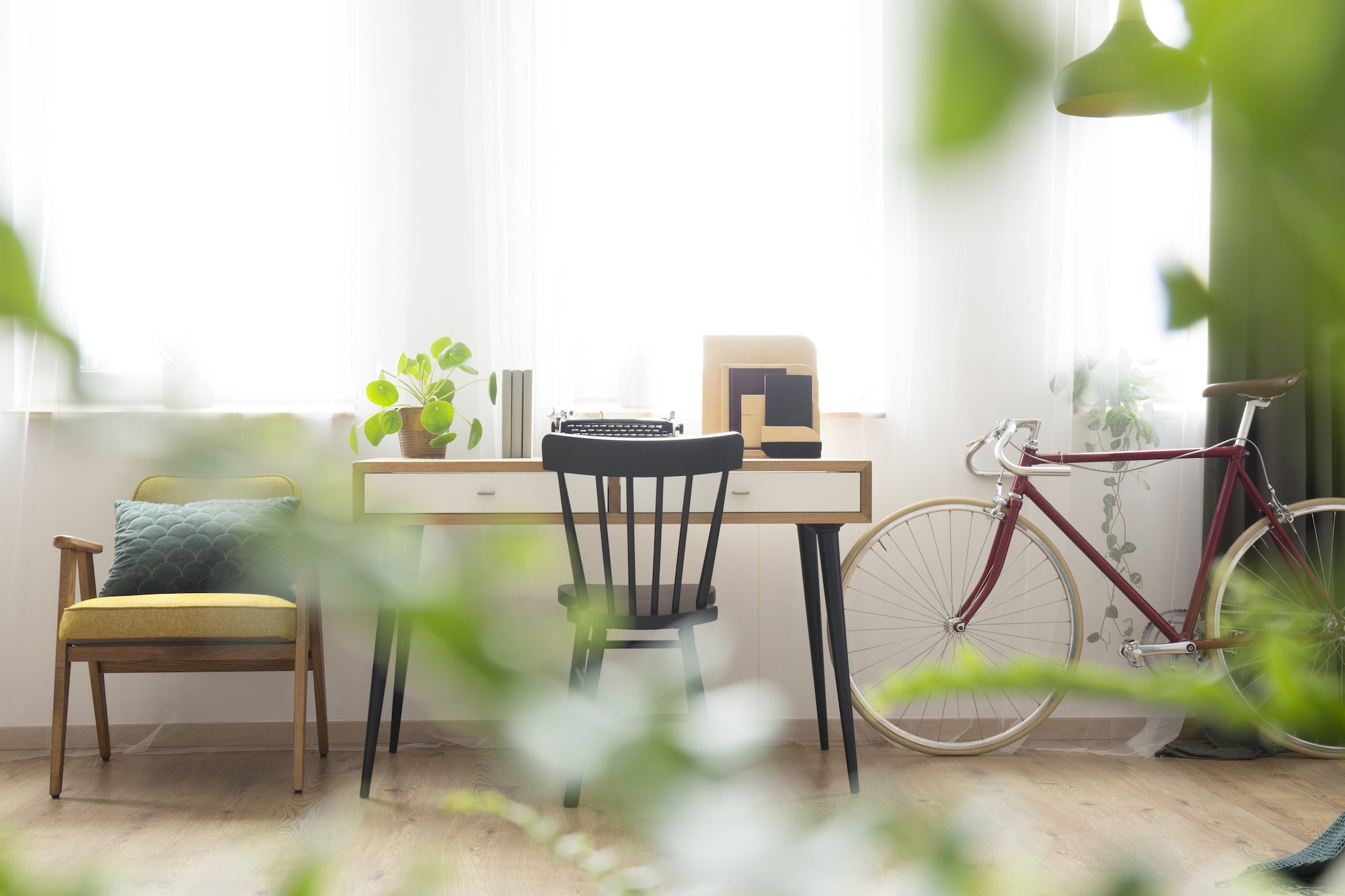An increasing number of people are becoming conscious of the environment and their impact on it. Making your home eco-friendly not only contributes to improving the environment but also reduces maintenance costs and saves energy and water, among other benefits. From building design to solar power, there are several ways to make your home eco-friendly.
1. Install Energy-Efficient Bulbs
While energy-efficient bulbs have been on the market for several years, the general public started becoming aware of their benefits a few years ago. Energy-saving light bulbs, such as the low voltage LED deck lights, significantly reduce energy consumption and energy bills at home.
Some homeowners used to complain that energy-efficient lights didn’t light the room properly or took a long to light the room. However, technological improvements over time have made these lights more effective. Currently, they not only consume less electricity but also don’t need to be replaced frequently like the old-fashioned bulbs.
2. Mount High-performance Windows
For those building their homes, installing high-performance windows can make a significant difference. Unknown to most people, windows contribute to more than 50% of lost energy at home. Fortunately, new technologies such as special coatings, double glazing, and non-conductive window frame materials can save energy.
Replacing your old windows improves your home’s energy efficiency. For homes in warm climates, use the low-solar gain windows, which reduce the amount of heat that passes into the interior through the window. Double glazing and other reflective technologies are also beneficial.
Homeowners in cold climates should choose well-insulated windows with a low U-value (this is the rate at which heat flows through a part of a building.) Triple-glazed windows have a vacuum between the window panes that minimize heat loss.
3. Use Recycled Products
Recycling benefits the environment in many ways. Recycling at home significantly cuts energy use, reduces the usage of fresh materials, lowers water and air pollution from landfills, and reduces the production of greenhouse gasses. Homeowners can also upcycle their furniture and other installations by refurbishing them instead of disposing of them.
4. Be Smart in the Kitchen
You can make your home eco-friendly by adopting various strategies in your kitchen. For instance, most people make toast using an oven because they think buying a toaster is efficient. However, ovens consume a lot of energy before heating up, while toasters use less energy and toast faster.
Coffee lovers should also switch to eco-friendly coffee-making methods. For instance, swapping your pod coffee maker for an eco-friendly drip coffee maker can make a difference. Pod coffee makers are not eco-friendly due to pods, which are plastic capsules that can contribute to landfills.
5. Install Smart Meters
Most people tend to leave their heating and cooling systems on during the cold months for a long. Home heating systems and boilers are the number one energy consumers for most renters and homeowners. The best way to reduce energy consumption by these systems is by installing a smart meter.
Smart meters are programmable devices designed to switch on appliances only at specific hours of the day. You can program them to warm your house before returning from work or any other period you need some warmth during winter. They come in handy for homeowners who want to reduce their carbon footprint or are concerned about increasing energy bills.
6. Clean With Sustainable Products
Most homeowners have their preferred cleaning products and detergents that they have used for decades. However, you should think about the harm these products pose to the environment. Once these chemicals are poured into the drain, they contaminate the water supply, requiring more effort and energy for purification.
Fortunately, you can avoid contaminating groundwater by switching to simple, eco-friendly cleaning alternatives. Sustainable products, such as lemon juice, vinegar, and soda bicarbonate, are effective detergents and bleaching agents that remove stains and kill bacteria without damaging the environment.
7. Install Energy-Efficient Appliances
Apart from heating and cooling systems, household appliances consume a great deal of energy in your home. You can significantly reduce energy consumption by these appliances by installing energy-efficient devices. While purchasing energy-efficient appliances may be costly, the cost of maintaining them is insignificant. Household appliances to prioritize include dishwashers, refrigerators, EV charging stations, water heaters, and air conditioners.
Endnote
A sustainable or eco-friendly home should respect natural resources, primarily water, and energy. If you are building your home from scratch, ensure that you adopt a sustainable design from the start. However, the tips mentioned above are a good starting point for pre-owned homes.
Discover more from Futurist Architecture
Subscribe to get the latest posts sent to your email.




